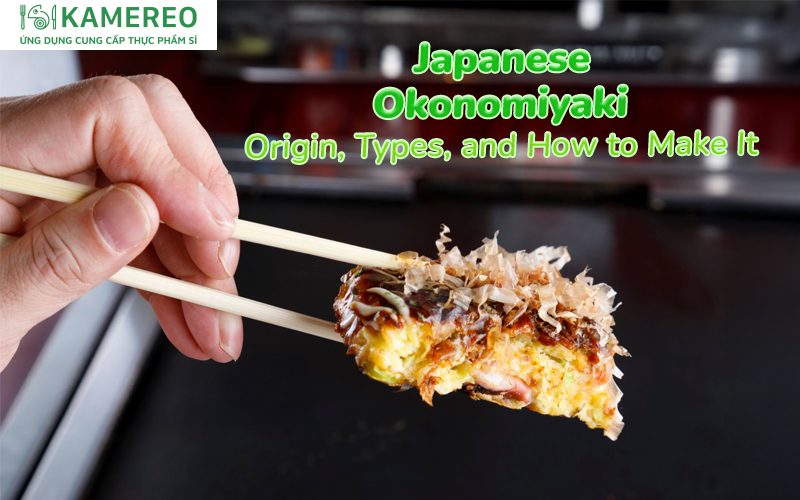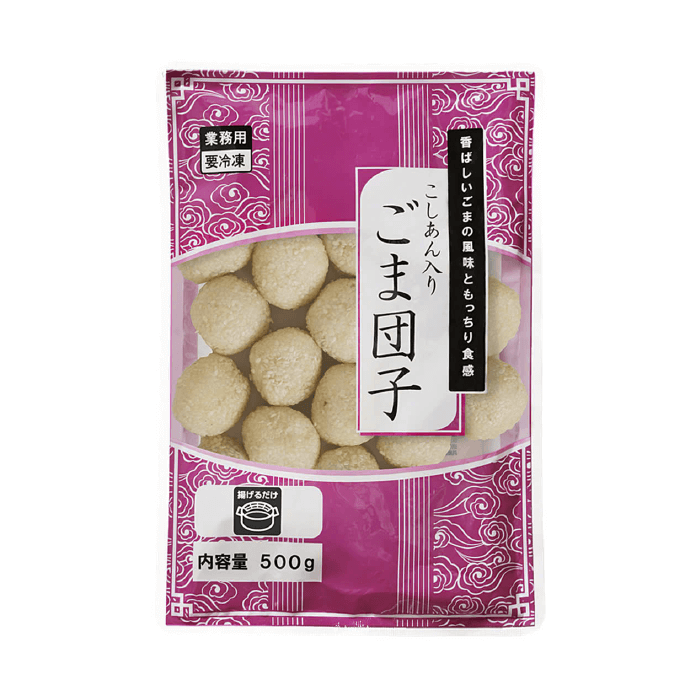Okonomiyaki, also known as the Japanese “pancake,” features flexible ingredients based on preference, combining flour, eggs, vegetables, and toppings like meat, seafood, and a signature sauce. With diverse preparation methods, chefs can freely add or omit ingredients, creating personal versions of Okonomiyaki. Let Kamereo guide you through the origins, classifications, authentic Japanese recipes, and delectable Okonomiyaki spots below!
What is Okonomiyaki?
Okonomiyaki, or Japanese pancake, is a popular street food blending various ingredients. The name comes from two Japanese words: “okonomi” meaning “what you like” and “yaki” meaning “grilled.” This reflects the dish’s versatility, allowing diners to choose ingredients to their liking.
Unlike Vietnamese pancakes, Japanese Okonomiyaki offers greater variety, commonly including cabbage, pork, seafood (squid, octopus, shrimp…), eggs, noodles, and seaweed. It’s now a culinary symbol of the Kansai and Hiroshima regions, and a quintessential Japanese traditional dish.
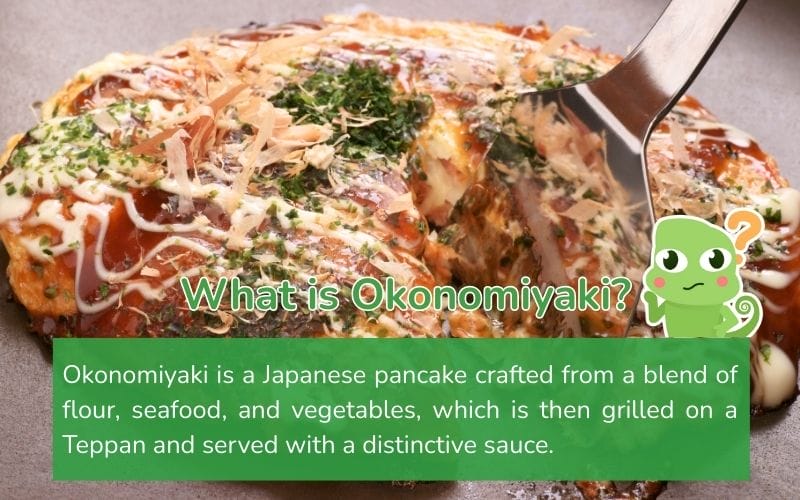
Origin of the Japanese Okonomiyaki Pancake
Japanese Okonomiyaki originates from an ancient tea cake called Funoyaki, first appearing at a tea ceremony hosted by Senrikyu. Funoyaki was made by pan-frying wheat flour mixed with water, then topped with Miso soup. Throughout history, Okonomiyaki evolved into regional specialties, each with unique flavors and preparation methods.
In Osaka, pre-war, Youshokuyaki was a local favorite, made by grilling wheat flour with green onions and Tenkasu fried batter. Gradually, seafood and vegetables were added, leading to personal variations, hence the name Okonomiyaki, meaning “grilled to your liking.”
Meanwhile, in Hiroshima, Issenyoushoku was made by mixing wheat flour with water, pouring it onto a griddle, and layering toppings like green onions, ground fish, fish powder, Totoro kelp, and a drizzled sauce.
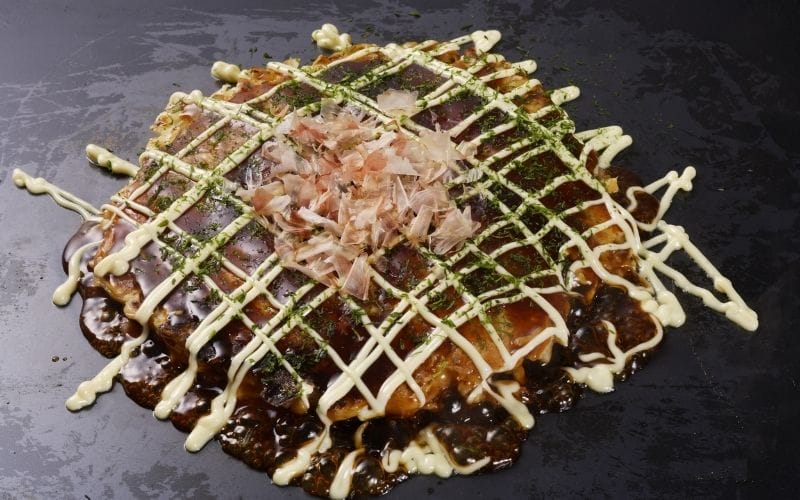
Types of Japanese Okonomiyaki Pancakes
Japanese Okonomiyaki has two main types: Hiroshima and Osaka (Kansai). While ingredients are similar, preparation methods differ:
Kansai-style Okonomiyaki
Kansai-style Okonomiyaki is a popular Japanese street food. Ingredients like wheat flour, cabbage, pork, and seafood are mixed before being pan-fried. Once cooked, it’s topped with Okonomiyaki sauce, green seaweed, bonito flakes, mayonnaise, and pickled red ginger.

Hiroshima-style Okonomiyaki
Unlike Kansai, Hiroshima-style Okonomiyaki stacks ingredients in layers. Layer order varies by preference. Typically, it has a thin pancake base, followed by cabbage, pork, seafood like squid and octopus, noodles, and fried eggs.
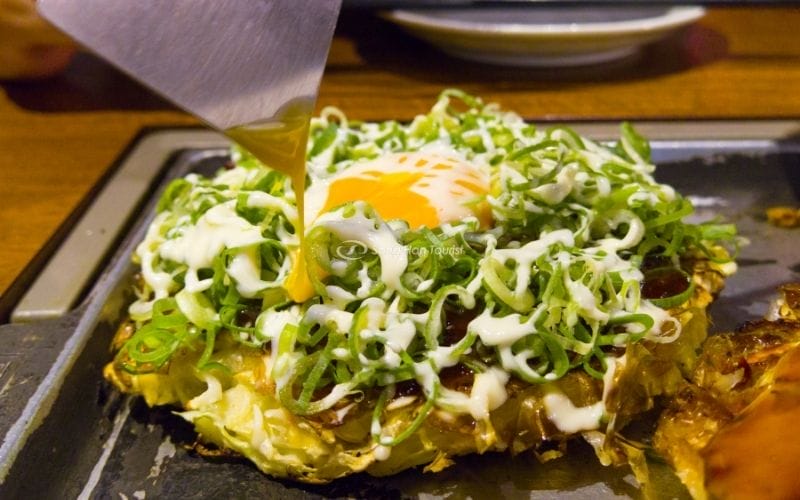
How to Make Authentic Japanese Okonomiyaki
For homemade Okonomiyaki, gather fresh ingredients, combine them harmoniously, and follow the proper grilling steps:
Ingredients
- Cabbage: 400g
- All-purpose flour: 200g
- Shredded carrots: 150g
- Sweet corn kernels: 100g
- Dashi broth: 200ml
- Shrimp: 100g
- Eggs: 5
- Chopped green onions: 20g
- Bacon (optional): 100g
- Pickled red ginger: 20g
- Honey: 5g
- Bonito flakes: 5g
- Ketchup: 5g
- Worcestershire sauce: 5g
- Seasoning: Soy sauce, oyster sauce, mayonnaise, sugar, salt…
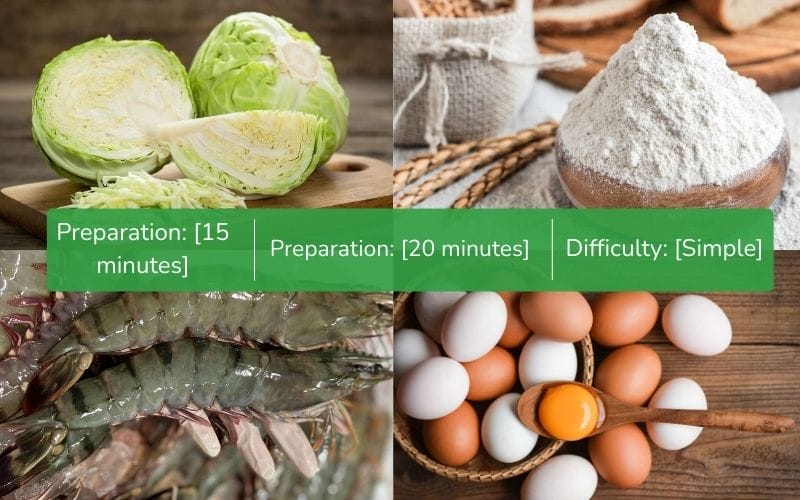
Instructions
Follow these steps to make Okonomiyaki at home:
Step 1: Prepare Ingredients and Okonomiyaki Sauce
- Prepare Ingredients: Wash and drain the cabbage, then shred it. Peel, clean, and chop the shrimp.
- Make Okonomiyaki Sauce:
- Mix 1 tsp soy sauce, 1 tsp honey, 1 tbsp oyster sauce, 1 tbsp ketchup, and 1 tbsp Worcestershire sauce in a bowl.
- Stir until combined.
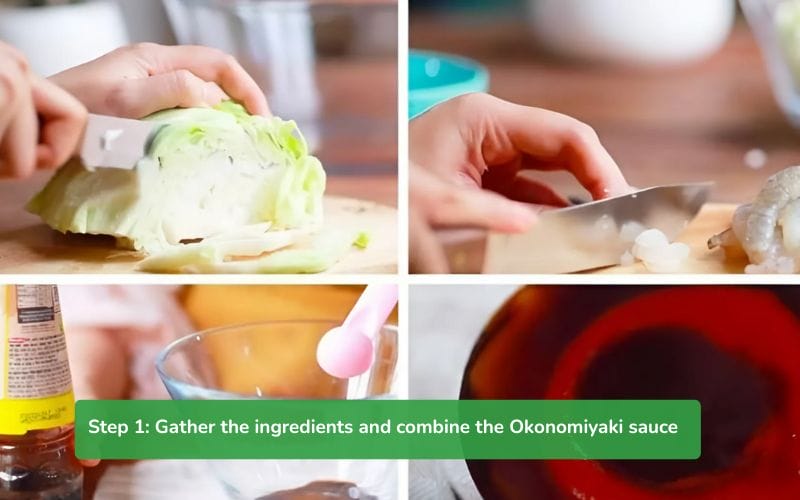
Step 2: Mix the Pancake Batter
- Combine 200g all-purpose flour, 1 tsp salt, and ½ tsp sugar in a large bowl.
- Make a well in the center, add 200ml dashi broth and 5 eggs.
- Whisk until smooth.
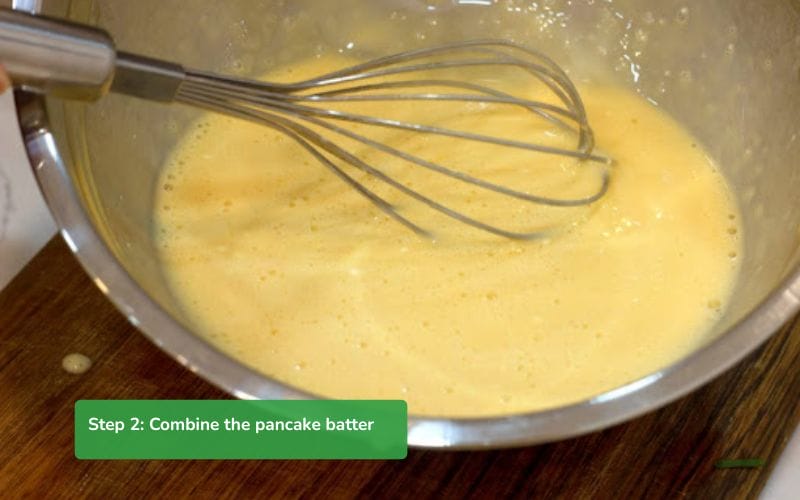
Step 3: Mix Toppings and Cook Pancakes
- Mix Toppings:
- Add 100g shredded cabbage, 100g sweet corn kernels, 20g chopped green onions, 20g pickled red ginger, 150g shredded carrots, 100g shrimp, and 100g bacon to the batter.
- Mix well.
- Cook Pancakes:
- Heat oil in a pan.
- Pour in two ladles of batter, spread evenly, and cover.
- Cook on medium-low heat for 4-5 minutes.
- Flip and cook for 2-3 minutes until golden brown.
- Repeat until batter is finished.

Step 4: Finish and Enjoy
- Transfer pancakes to a plate, spread Okonomiyaki sauce, then mayonnaise.
- Sprinkle with bonito flakes and enjoy.

Where to Enjoy Delicious Japanese Okonomiyaki Pancakes
Here is a list of famous places specializing in Japanese Okonomiyaki pancakes, highly rated for their flavor and service quality:
Nama Japanese Cuisine Hanoi
General information:
- Address: 19 Lane 30, Mai Anh Tuan Street, Cho Dua, Dong Da District, Hanoi.
- Phone: 1900 2193
- Hours: 10:00 – 13:30 and 17:00 – 21:00
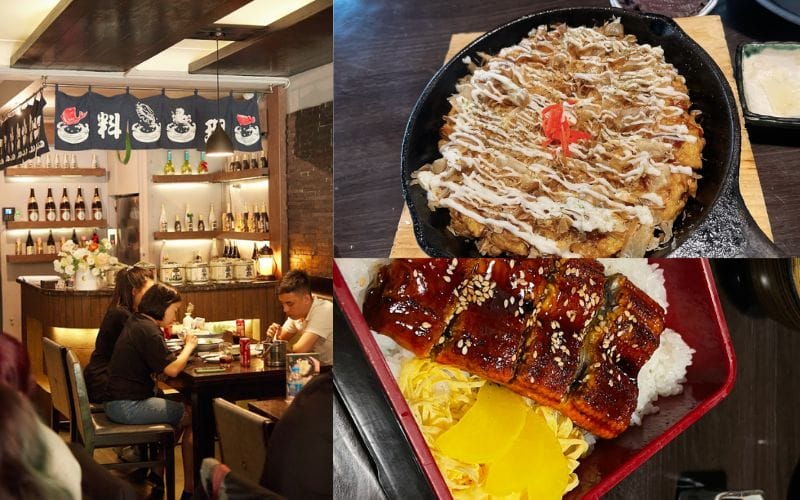
Nama Japanese Cuisine Restaurant is a familiar destination for lovers of Japanese cuisine. The restaurant’s diverse menu includes attractive dishes such as eel rice, salmon belly sashimi, fresh scallop sashimi and especially Okonomiyaki pancakes. The restaurant’s spacious and airy space, combined with attentive and enthusiastic service in Japanese style, has created a good impression on diners.
Tamaya Japanese Restaurant Hanoi
General information:
- Address: 49 Hai Ba Trung Street, Tran Hung Dao, Hoan Kiem District, Hanoi.
- Phone: 0902 144 626
- Hours: 11:00 – 14:00 and 17:00 – 22:00
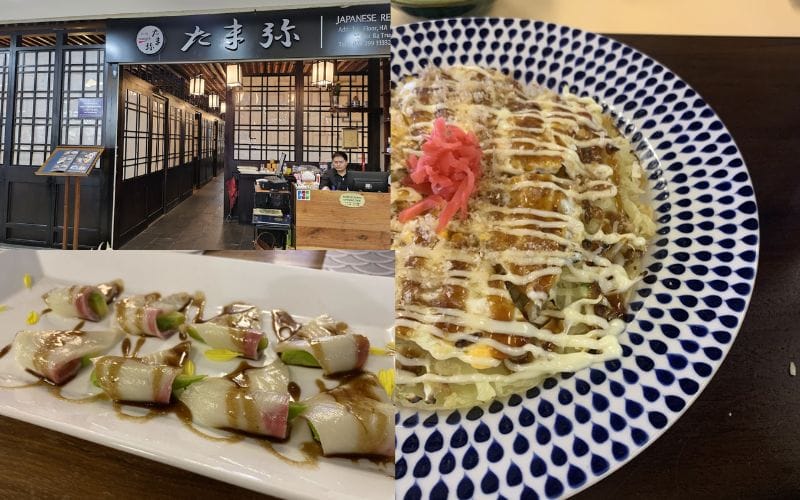
Tamaya Sushi is a Japanese restaurant highly rated for food quality and cozy space. This place is famous for its delicious, fatty Japanese pancakes, prepared by professional chefs. The distinctive sauce layer covering the cake is a highlight that makes diners hard to forget.
Botejyu Restaurant Hanoi
General information:
- Address: Vincom Center Metropolis, 29 Lieu Giai Street, Ngoc Khanh, Ba Dinh District, Hanoi.
- Phone: 024 3201 7188
- Hours: 10:30 – 21:30
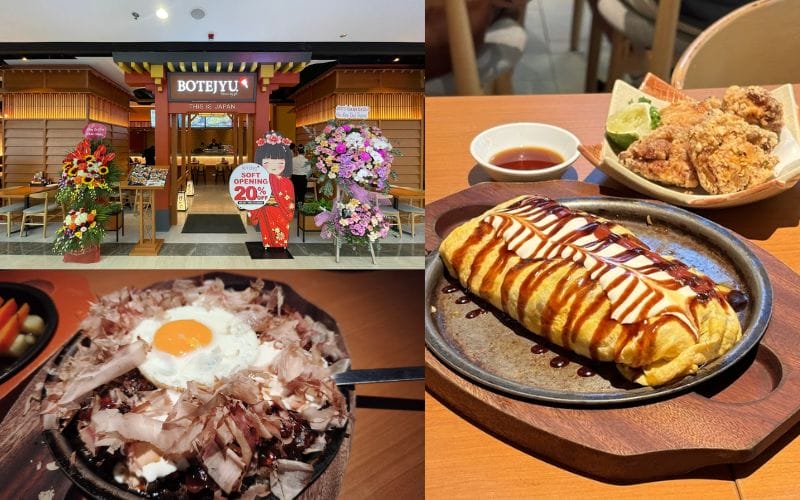
Botejyu Okonomiyaki is another ideal choice for those who want to explore the diversity of Japanese cuisine in Hanoi. The restaurant’s menu includes many dishes from sushi, sashimi to hot pot. In particular, the pancakes here are highly rated for their fresh taste and clean ingredients. The restaurant space is also decorated in a traditional Japanese style, creating a cozy and friendly feeling.
Sushi World Ton That Thiep Ho Chi Minh City
General information:
- Address: 25 Ton That Thiep Street, Ben Nghe, District 1, Ho Chi Minh City.
- Phone: 028 3821 1462
- Hours: 11:00 – 22:00
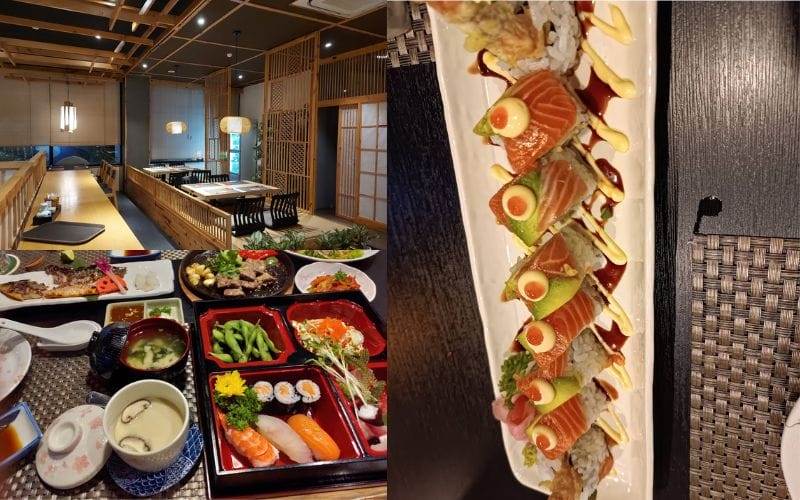
At Sushi World Ton That Thiep, customers experience dining in a comfortable and cozy space. The highlight here is the attentive and enthusiastic service, along with the highly rated quality of Japanese dishes. The restaurant menu is also diverse with fresh sushi dishes and especially unique and attractive Japanese pancakes.
Sushi Masa Le Van Sy Ho Chi Minh City
General information:
- Address: 78 Le Van Sy, Ward 11, Phu Nhuan, Ho Chi Minh City.
- Phone: 1900 986897
- Hours: 11:00 – 22:00
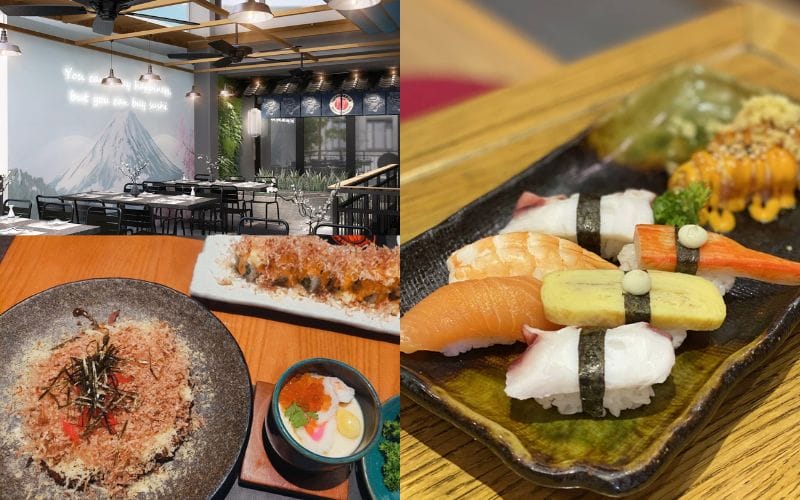
Sushi Masa Le Van Sy has a spacious space, Japanese-style design with decorative items such as traditional dolls and wall paintings. The food here is arranged eye-catchingly, with a strong Japanese flavor. With a private space, Sushi Masa is a great choice for family or friend meals on weekends.
Sushi Wagao Ho Chi Minh City
General information:
- Address: 41B Ton That Tung, Pham Ngu Lao Ward, District 1, Ho Chi Minh City.
- Phone: 0902 705 125
- Hours: 11:00 – 14:00 and 17:00 – 22:00
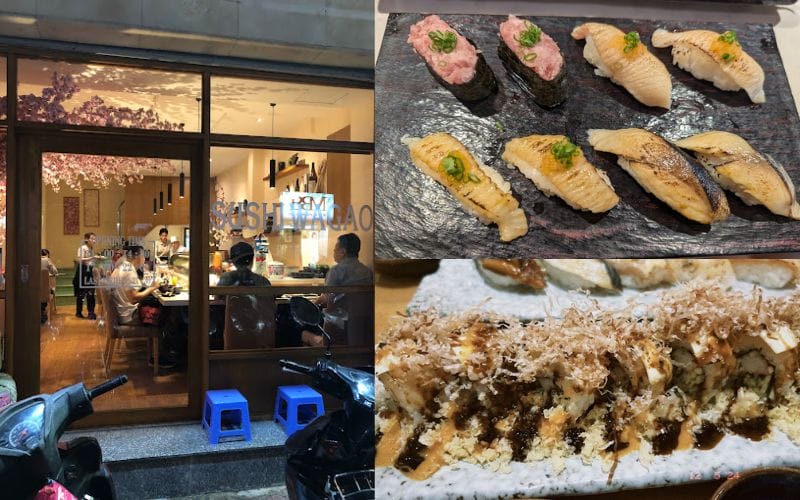
Sushi Wagao is not only famous for its attractive Japanese pancakes but also known for its delicious fresh sushi and sashimi. The restaurant focuses on preparing dishes in its own style, creating a unique, unmistakable dining experience. The team of fast and attentive service staff, along with a cozy dining space, are also outstanding factors that help Sushi Wagao quickly score points with diners.
Kamereo – Supplier of Okonomiyaki pancake ingredients at good prices
Kamereo is a strategic partner of Gyomu Japan, a Japanese domestic supermarket chain, providing Okonomiyaki pancake ingredients and many other Japanese foods for F&B businesses in Vietnam. This cooperation helps F&B businesses easily access and purchase Japanese standard ingredients right on Kamereo’s application and website.
Aiming at the mission of simplifying the food supply chain in the Vietnamese market, Kamereo pioneers the application of technology to optimize the purchasing process for F&B businesses. At the same time, we are also proud to be an “All-in-one supplier”, with more than 3000+ diverse products, from fresh food, frozen food, and beverage ingredients to kitchen utensils.
Best-selling Japanese standard domestic products at Kamereo:
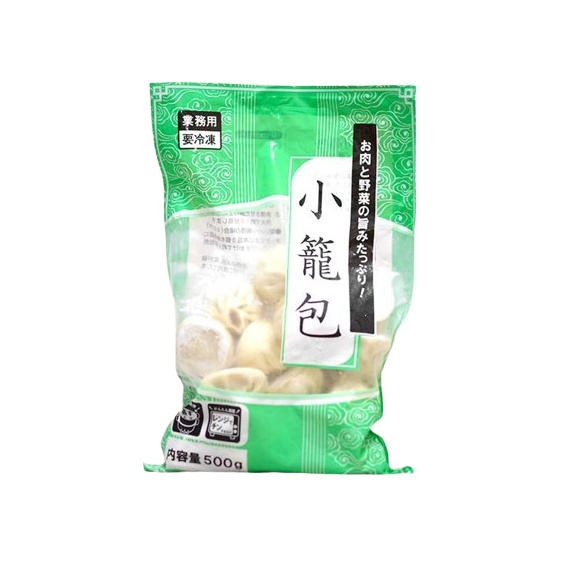
Frozen Soup Dumplings 500g
199,000đ/PACK
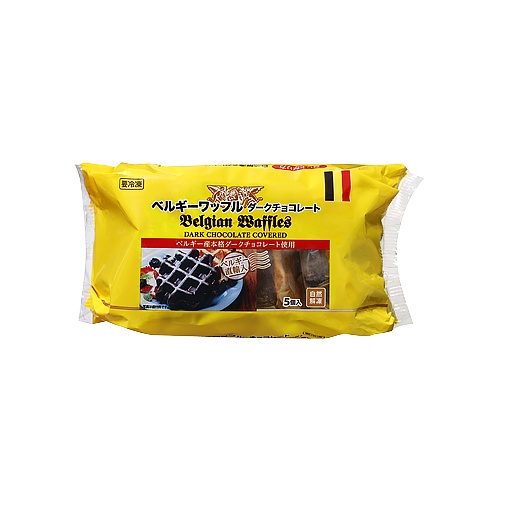
Belgian Frozen Waffle With Chocolate Flavor 300g
100,000đ/PACK
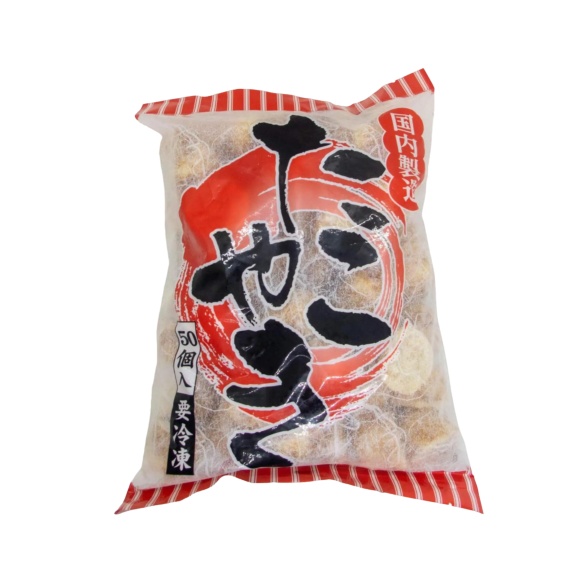
Frozen Takoyaki (Octopus Balls) 1kg
219,000đ/PACK
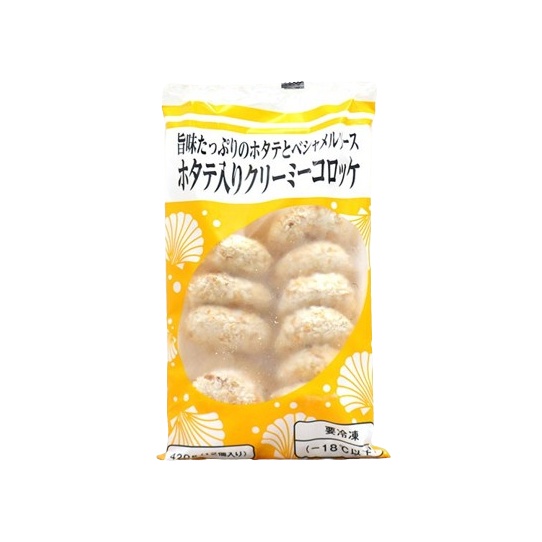
Frozen Fried Scallop Cakes With Cream Sauce 420g
175,000đ/PACK

Frozen Churros 500g
52,683đ/PACK
54,000đ/PACK

Frozen Strawberry Churros 500g
55,000đ/PACK
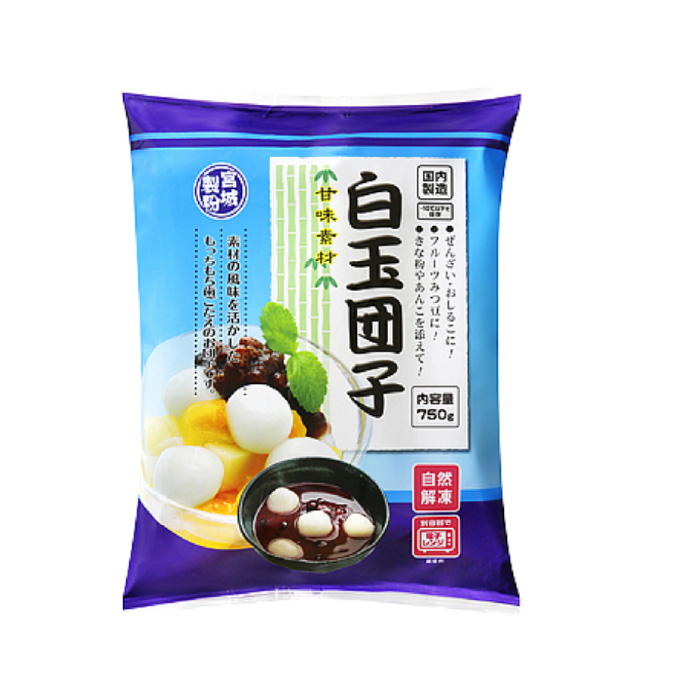
Frozen Shiratama Dango 750g
100,000đ/PACK
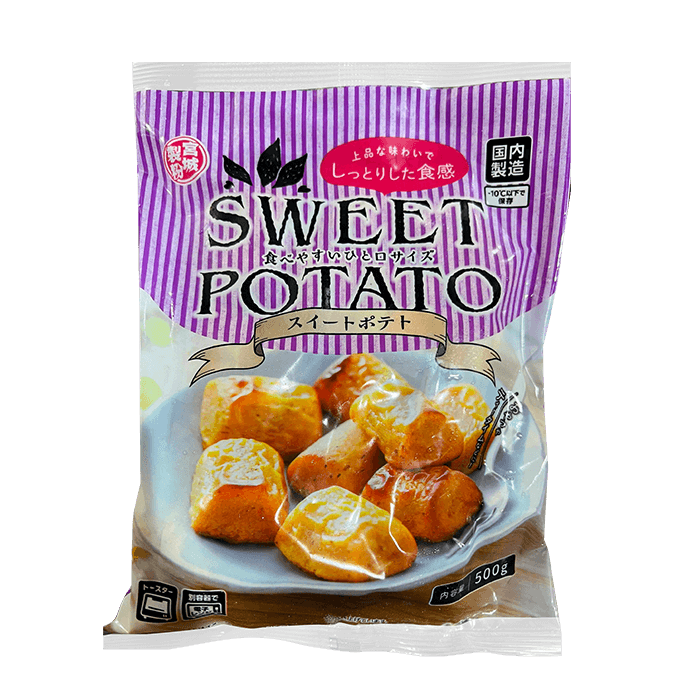
Frozen Sweet Potato Cake 500g
105,000đ/PACK
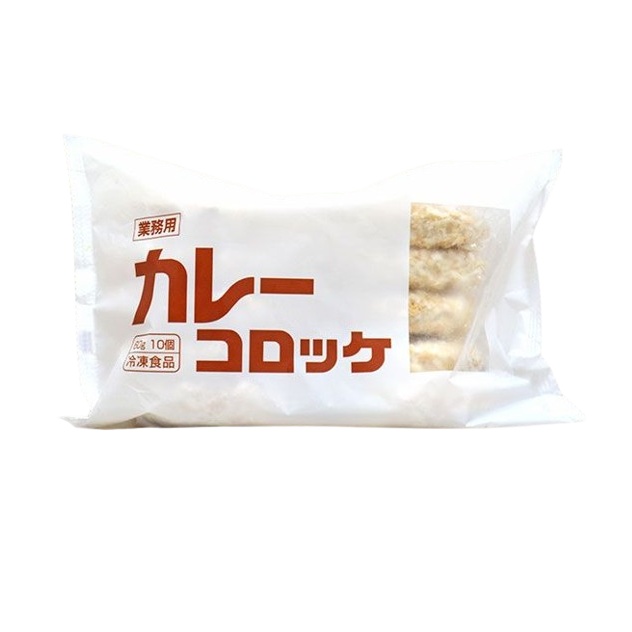
Korokke Frozen Curry Filled 600g
99,000đ/PACK
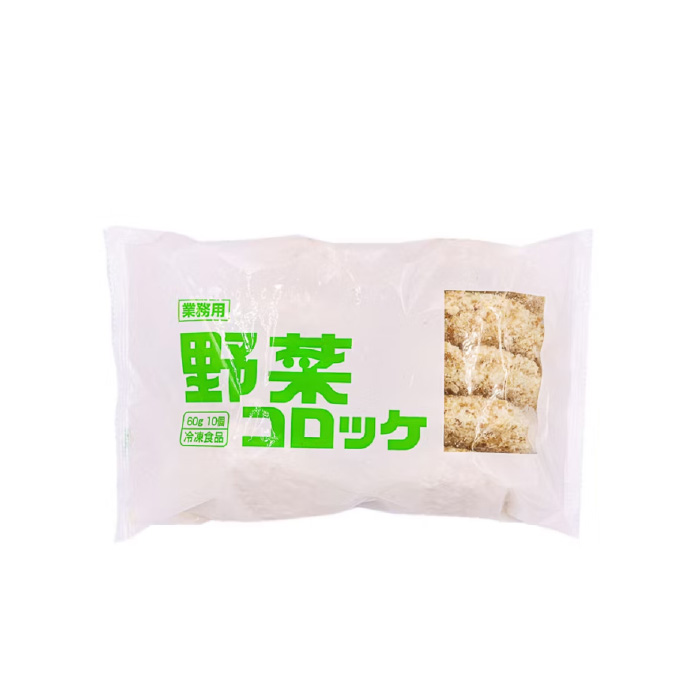
Frozen Vegetable Filled Korokke 600g
99,000đ/PACK
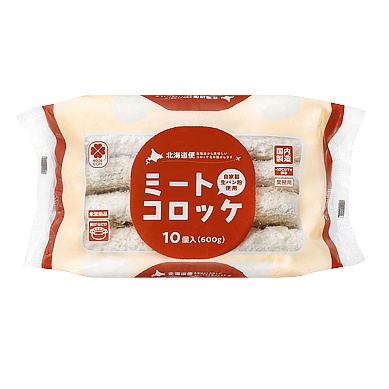
Frozen Meat Filled Korokke 600g
99,000đ/PACK
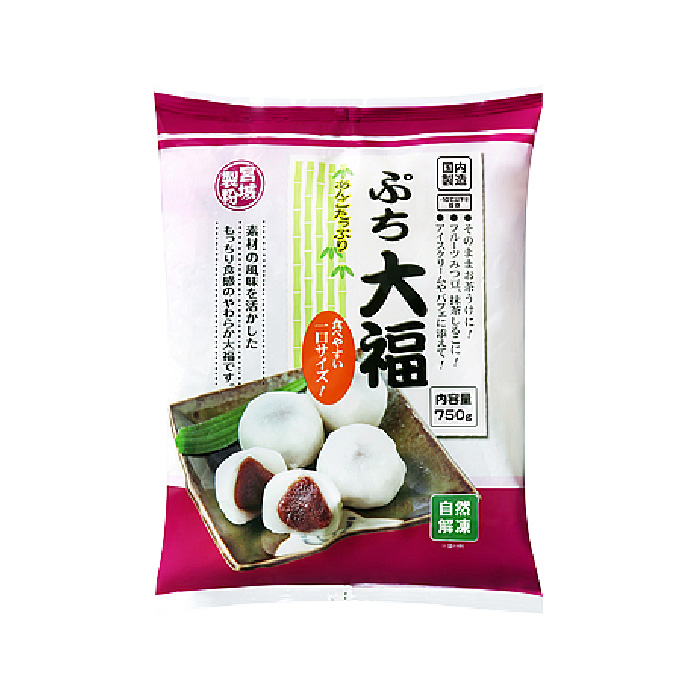
Frozen Daifuku Mochi 750g
115,000đ/PACK
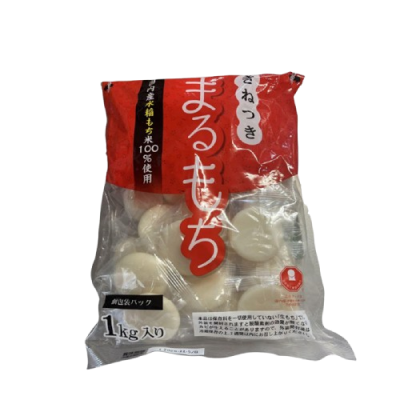
Maehara Seifun Dried Mochi 1kg
150,000đ/PACK
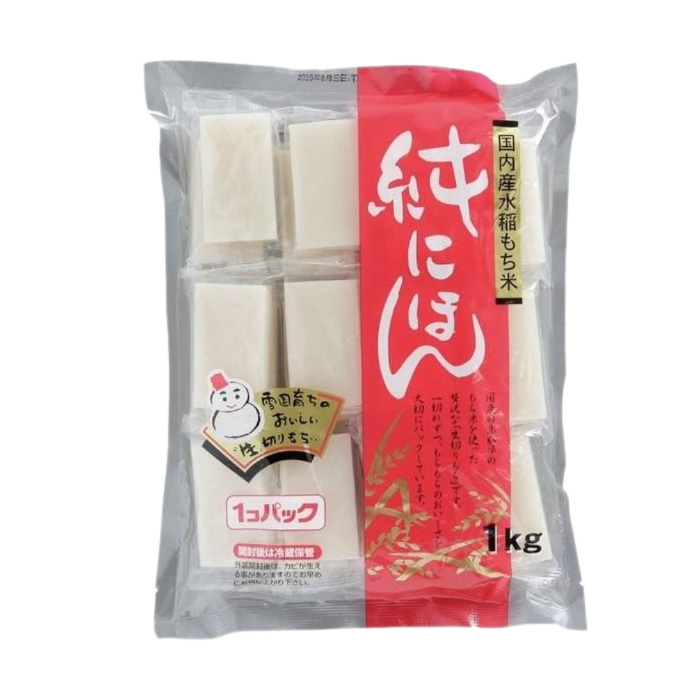
Original Flavour Mochi 1kg
145,000đ/PACK
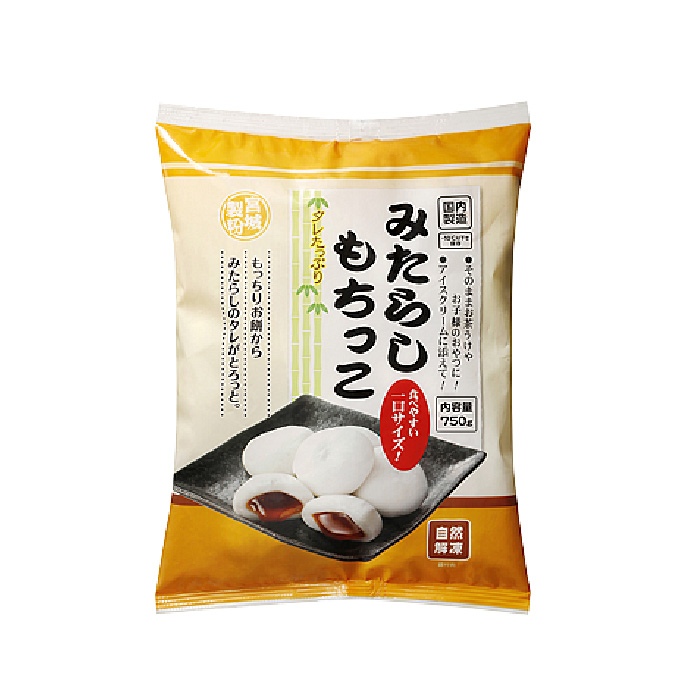
Frozen Mochi With Mitarashi Sauce Filling 750g
115,000đ/PACK
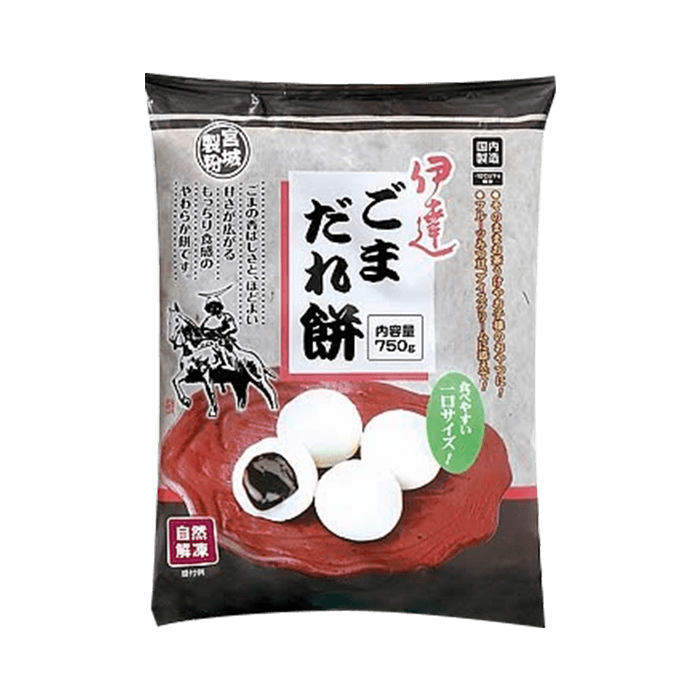
Frozen Sesame Filling Mochi 750g
115,000đ/PACK
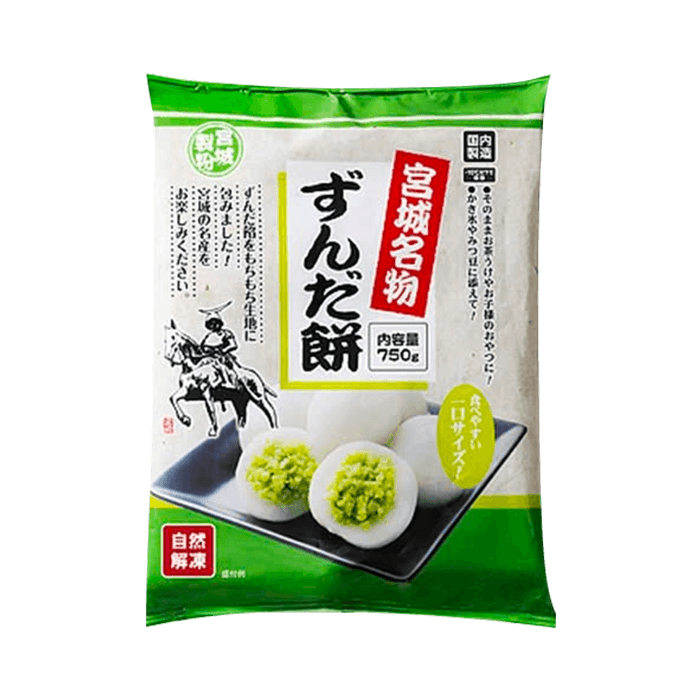
Frozen Green Bean Mochi 750g
115,000đ/PACK
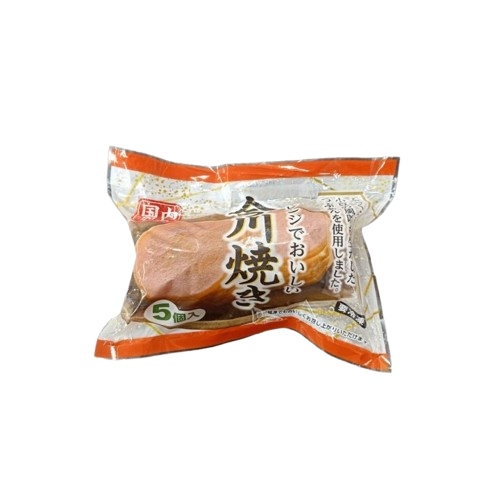
Imagawa Frozen Yaki With Red Bean Filling 400g
98,000đ/PACK

Frozen Fried Shrimp Cakes 400g
185,000đ/PACK
Kamereo is equipped with a modern food storage warehouse system that meets food safety standards, with specialized cold and freezer rooms. We also focus on applying the FIFO principle (First In – First Out) and 3-layer food quality inspection. As a result, Kamereo ensures food quality that meets the most stringent standards of F&B stores.
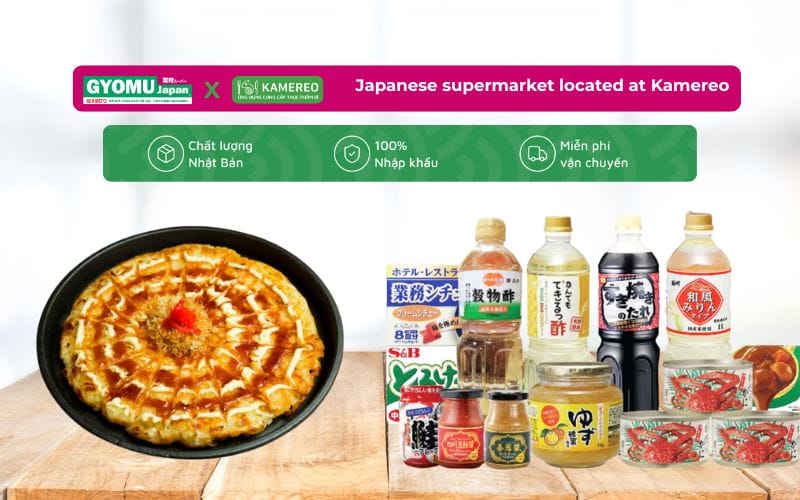
Unlike traditional suppliers, Kamereo will provide a smart electronic invoice system right on the application, allowing businesses to easily control purchase invoices. VAT invoices will be sent immediately after payment, helping businesses limit document loss, and support transparent and fast financial declarations.
Join the exclusive Flavors of Japan event co-organized by Kamereo and Gyomu Japan in Hanoi, promising to bring opportunities for F&B businesses to access Japanese standard ingredients and optimal, sustainable purchasing solutions.
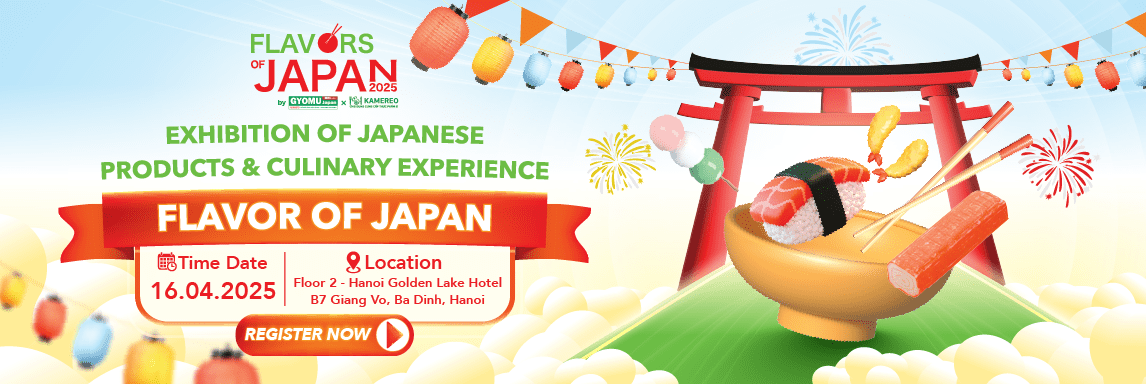
Conclusion
Thus, the useful information in the above article has helped you better understand Okonomiyaki, from its origin, classification to how to prepare it. If you want to make this dish yourself, Kamereo will be a reliable address to provide a full range of fresh, genuine ingredients. Visit Kamereo now to shop and don’t miss the Food and Lifestyle section with many interesting and attractive sharing content.
See more:



